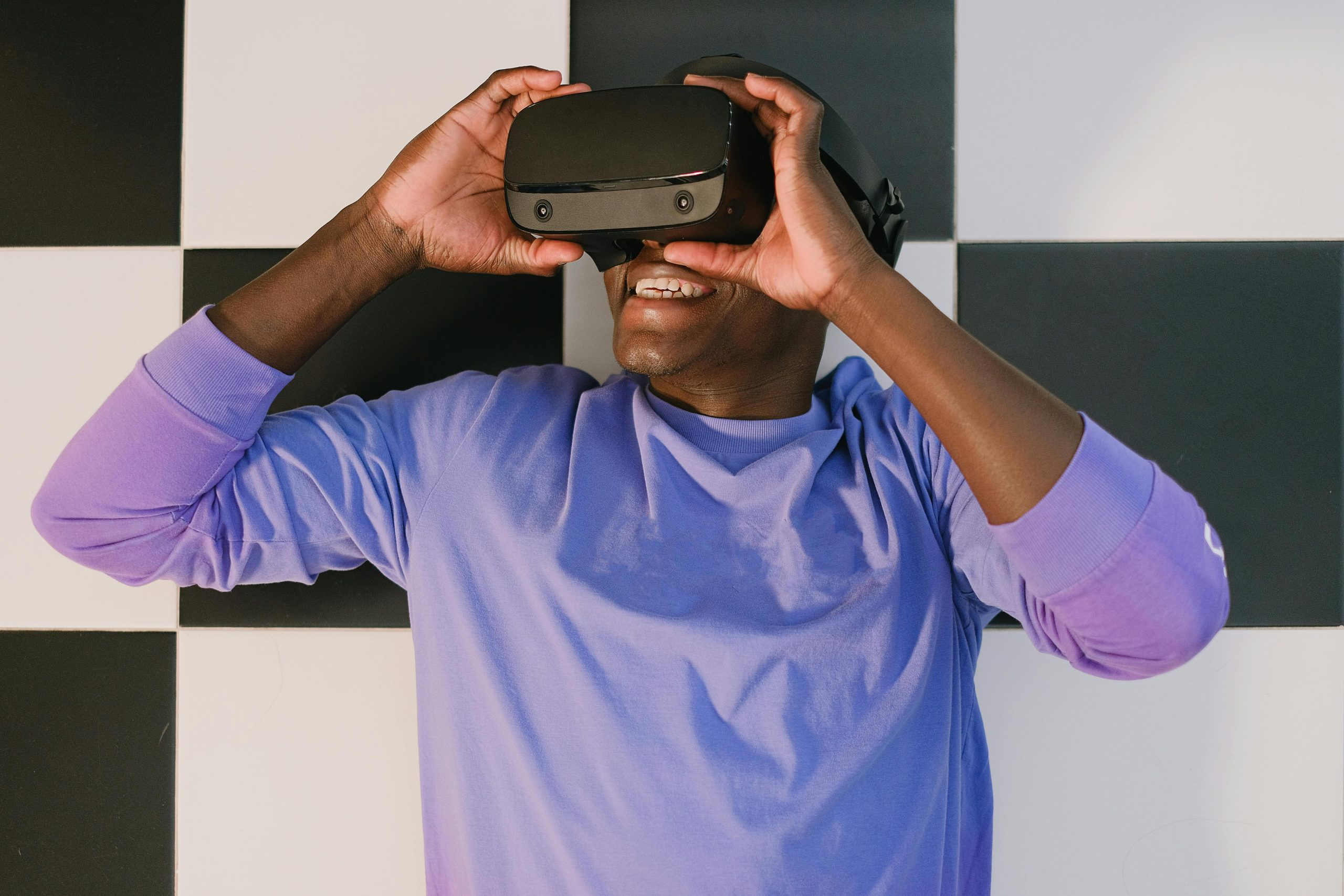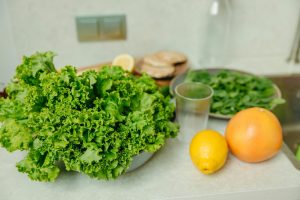The Future of Food: 3D Printing in the Kitchen
The future of food is constantly evolving and technologies like 3D printing are changing the way we think about cooking and eating. While many people may associate 3D printing with manufacturing or design, its applications in the kitchen are growing rapidly. From personalized nutrition to sustainable food production, 3D printing has the potential to revolutionize the way we approach food. Let’s dive into the fascinating world of 3D printing in the kitchen and explore the possibilities for the future of food.
Personalized Nutrition
One of the most exciting and promising applications of 3D printing in the kitchen is the ability to create personalized, nutrient-dense meals. With 3D printing technology, food can be printed with specific amounts of vitamins, minerals, and other essential nutrients, tailored to an individual’s unique needs. This could be a game-changer for people with dietary restrictions or health conditions, as well as athletes and those looking to optimize their nutrition.
The process of 3D printing food involves creating a digital model of the desired food item and then using a printer to layer the ingredients accordingly. This not only allows for precise control over nutrient content but also enables the creation of complex and creative meal designs. Imagine being able to print a custom-made protein bar or a perfectly balanced meal based on your specific dietary needs and preferences.
Sustainable Food Production
In addition to personalized nutrition, 3D printing in the kitchen also has the potential to address the pressing issue of sustainable food production. With the world’s population projected to reach nearly 10 billion by 2050, traditional food production methods may no longer be sufficient to feed everyone. 3D printing can help by using alternative, sustainable ingredients like algae, insects, and plant-based proteins to create nutritious and environmentally-friendly options.
Furthermore, 3D printing technology can reduce food waste by using exact quantities of ingredients, as well as producing food in shapes and designs that are more efficient for packaging and transportation. This can help minimize the carbon footprint of the food industry and contribute to a more sustainable future.
Revolutionizing the Culinary World
As 3D printing technology advances, it is also making its way into the culinary world. Chefs and food designers are already experimenting with creating intricate and visually stunning dishes using 3D printers. This opens up a world of creativity and innovation in the kitchen, where shapes and textures that were once impossible to achieve can now be printed with precision.
Moreover, 3D printing can enhance the dining experience by allowing chefs to create customized flavors and textures for each individual dish. This can make dining out more exciting and memorable, and provide a new level of personalization for customers. 3D printing also has the potential to speed up food preparation and service, making dining out a more efficient and convenient experience.
The Road Ahead
While 3D printing in the kitchen holds immense promise, there are still challenges to overcome before it becomes a mainstream technology. The cost of 3D printers and ingredients is still high, and the technology needs to become more accessible and user-friendly for widespread use. Safety regulations also need to be established to ensure the quality and safety of 3D printed food.
Nevertheless, the future looks bright for 3D printing in the kitchen. With the continuous advancement of technology, we can expect to see more applications and innovations in the world of 3D printed food. From personalized nutrition to sustainable food production to revolutionizing the culinary world, 3D printing has the potential to transform the way we think about and interact with food. The only question is, are you ready to take a bite into the future of food?










